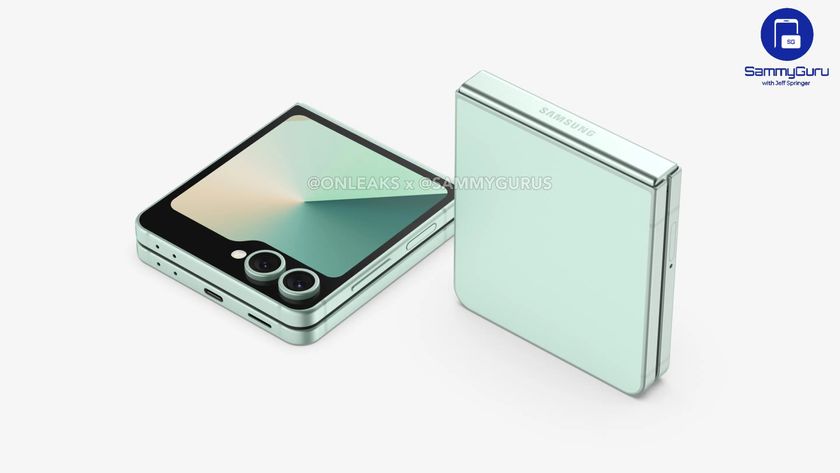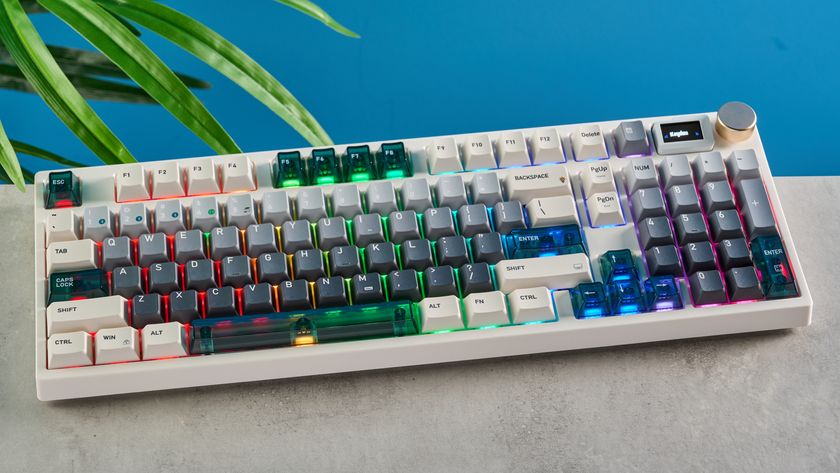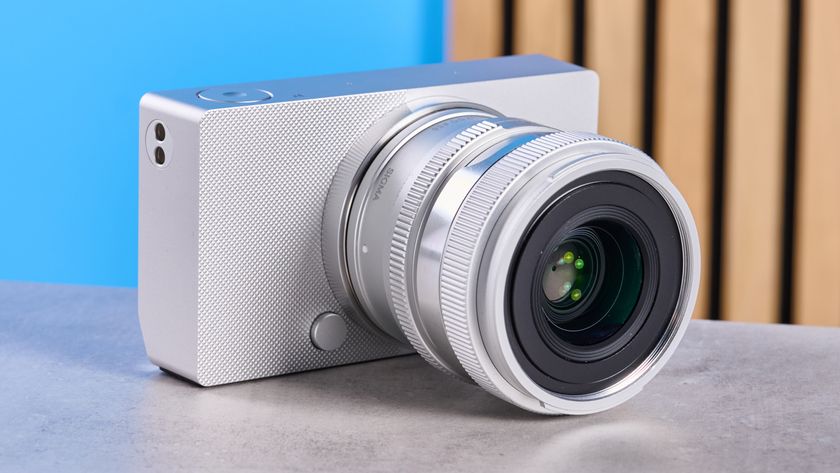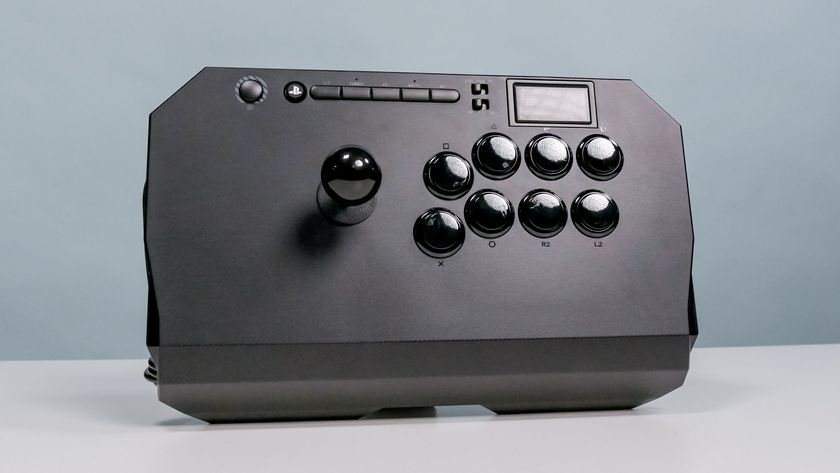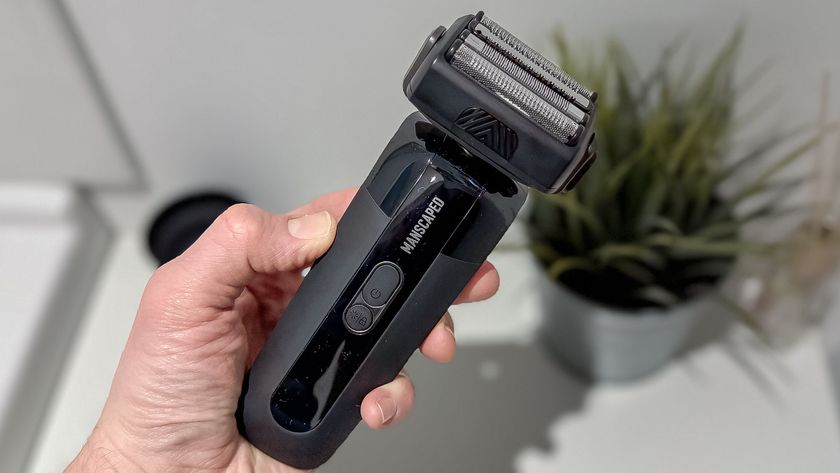Tom's Guide Verdict
While pricey, the LG 27UD88-W is a versatile and attractive 4K monitor with great color options that you can use for work or gaming.
Pros
- +
Bright, colorful display
- +
FreeSync plays nicely with AMD machines
- +
Elegant, simple design
- +
USB-C port and quick charge support
Cons
- -
Pricey
- -
Not enough worthwhile presets
- -
Lackluster PBP options
Why you can trust Tom's Guide
Everything about the LG 27UD88-W ($654) is attractive and functional, from its sleek white chassis and elegant curved stand, to its gorgeous 4K screen and cornucopia of useful ports. The monitor offers a good port selection -- including USB-C — as well as a colorful image that you can calibrate. However, there are few above-and-beyond features to justify the relatively steep cost. Still, if you need high-end productivity as much as gaming performance, the 27UD88-W could occupy a very comfortable spot in your home.

Design
TV connoisseurs have known for a long time that with an LG screen, you're not only paying for performance; you're also paying for aesthetics. The 27UD88-W looks almost gorgeous enough to justify its cost. The black-and-white chassis radiates elegance and minimalism, while the matte silver stand matches any kind of décor.

The stand isn't there just for looks, either. Rotating the screen is trivially simple, as is setting it at a comfortable height and angle. There are no complicated knobs or levers; just rotate the screen in any direction you want, including into a vertical portrait mode.

"The black-and-white chassis radiates elegance and minimalism."
When you're not actively moving it, it stays perfectly still. Given how unnecessarily complicated this process can be on other monitors, it's shockingly good design.
Ports and Interface
Whatever you need for your gaming setup, there's a good chance that you can attach it to the 27UD88-W. The system has two HDMI ports, one DisplayPort, two USB 3.0 ports and one USB-C port. At the moment, USB-C has limited utility for gaming setups, but the 27UD88-W is one of the few monitors to feature this technology, which could help futureproof it.

Better still, the 27UD88-W comes with cables for almost every port (although at its asking price, it had better). All of the ports are around the back of the monitor, which means that it’s not as convenient as it could be, especially if you need to attach peripherals. On the bright side, though, one of the USB ports offers Quick Charge, which can come in real handy if you need to charge a phone or tablet.
The 27UD88-W relies on a central control nub on its underside to navigate its pretty and sensible menus. You can rotate the nub in any direction and simply select whatever you'd like from an extremely intuitive interface. You can change inputs easily enough, and even see a preview of the screen from each one. It's hard to overstate how valuable this can be when you're trying to pick among, say, a gaming rig, a streaming stick, a game console and a laptop.
MORE: Our Favorite Gaming Keyboards
The only confusing piece of the 27UD88-W’s menu system is that it offers a volume control, front and center, even though the monitor has no built-in speakers. While this could be marginally useful if you have a set of non-gaming headphones you want to hook up, you're probably better off just attaching them directly to the computer.
Gaming Performance
I tested the 27UD88-W with Star Wars: Battlefront, Heroes of the Storm and Rise of the Tomb Raider, all of which looked spectacular on LG's display. The screen was more than fast and fine enough to keep up with the speeder bike chases on Endor, detailed enough to show colorful Blizzard heroes and villains squaring off with glittering particle effects, and colorful enough to send chills down my spine as Lara Croft explored frosty ice caverns.
"With AMD's FreeSync turned on, I got slightly faster frame rates and a slightly smoother gameplay experience."
With a 60 hertz refresh rate, the screen was also more than capable of keeping up with frame rates between 30 and 120 frames per second, depending on the game. Each game looked fluid, and none of them suffered from tearing or stuttering.
It's worth pointing out that the 227UD88-W makes use of AMD-compatible FreeSync technology, which can lock a game's frame rate to that of the monitor. When I turned this feature on, I did indeed get slightly faster frame rates and a slightly smoother gameplay experience. It wasn't a night-and-day difference, however, so players with Nvidia cards can rest easy; their games will still probably look fine.
Brightness and Color
While the 27UD88-W doesn't exactly reach new heights in color and brightness, it does distinguish itself as one of the better and more balanced choices in that arena.
The system's specs back up its qualitative performance, covering 97.6 percent of the sRGB spectrum. That's less color than the Acer Predator XB321HKmonitor (108.0 percent), but it beats the ViewSonic XG2700-4K (93.6 percent) and comes pretty close to the 103-percent category average.
"The screen was colorful enough to send chills down my spine as Lara Croft explored frosty ice caverns."
What the 27UD88-W lacks in range, it makes up for in accuracy. The display features a respectably low 1.7 Delta-E color accuracy score: not as good as the ViewSonic's 1.3, but better than both the Acer's 2.64 and the category average of 4.4.
Likewise, the LG monitor sits somewhere between its competitors in brightness at 229 nits. The ViewSonic clocks in at 101 and the Acer at 295; the category average is 230.
Modes and Features
The 27UD88-W offers some extremely granular options, including a picture-by-picture mode (bafflingly, it supports only two streams, even though it could theoretically support four 1080p displays), a variety of presets for movies, games, reading and more, and dozens of options to alter colors, right down to individual yellows, cyans and magentas. While most users probably won't want to go that deep, it's a profoundly useful feature, especially if you need to do graphic design work.
MORE: The Best Gaming Desktops Available Now
"Granular" does not necessarily equal "helpful," however. While the color options are above reproach, the PBP mode does not work as well as it could, and it's frankly hard to tell some of the preset modes apart. PBP is not nearly as useful as picture-in-picture, and yet the latter option does not exist here, despite being relatively common in other high-end monitors. Furthermore, the DisplayPort content in PBP mode always gets squished, making it nearly useless for anything aside from simple productivity tasks.

The presets, while generally helpful, can also be a little confusing. The FPS 1, FPS 2 and RTS mode are all good for their respective genres, but it's extremely hard to tell the difference between them — as well as from the default "Custom" mode. They're all bright with high contrast, and in my experience, they all worked fine for any game genre. The reddish Reading mode hurt my eyes more than it relaxed them, and the Movie mode was dark, even by atmospheric movie theater standards. Having too many presets is generally preferable to having too few, but I didn't find many of them to be that useful.
Bottom Line
There's no denying that the 27UD88-W is a beautiful monitor that displays gorgeous games in full 4K resolution. There's also no denying that it's considerably more expensive than something like the Acer B286HK: another 4K gaming monitor that looks just as good, features better PBP options, and includes built-in speakers for $250 less.
MORE: Our Favorite Gaming Mice for Every Genre
Consider the 27UD88-W if you want a simple, versatile, pretty monitor with much better color options than the average 4K monitor. But don't pull the trigger until you've compared it against a few similar displays.
Marshall Honorof is a senior editor for Tom's Guide, overseeing the site's coverage of gaming hardware and software. He comes from a science writing background, having studied paleomammalogy, biological anthropology, and the history of science and technology. After hours, you can find him practicing taekwondo or doing deep dives on classic sci-fi.




